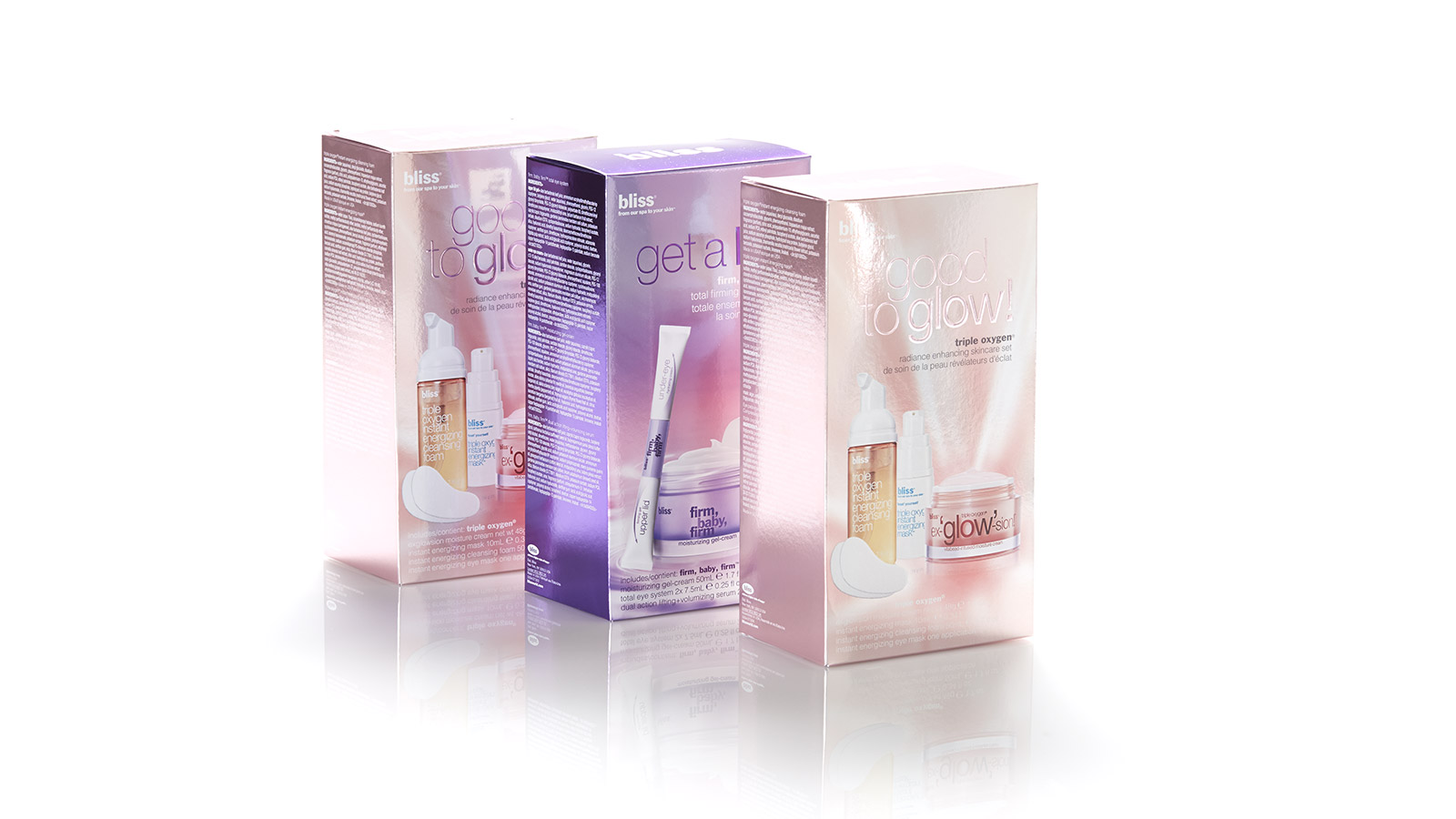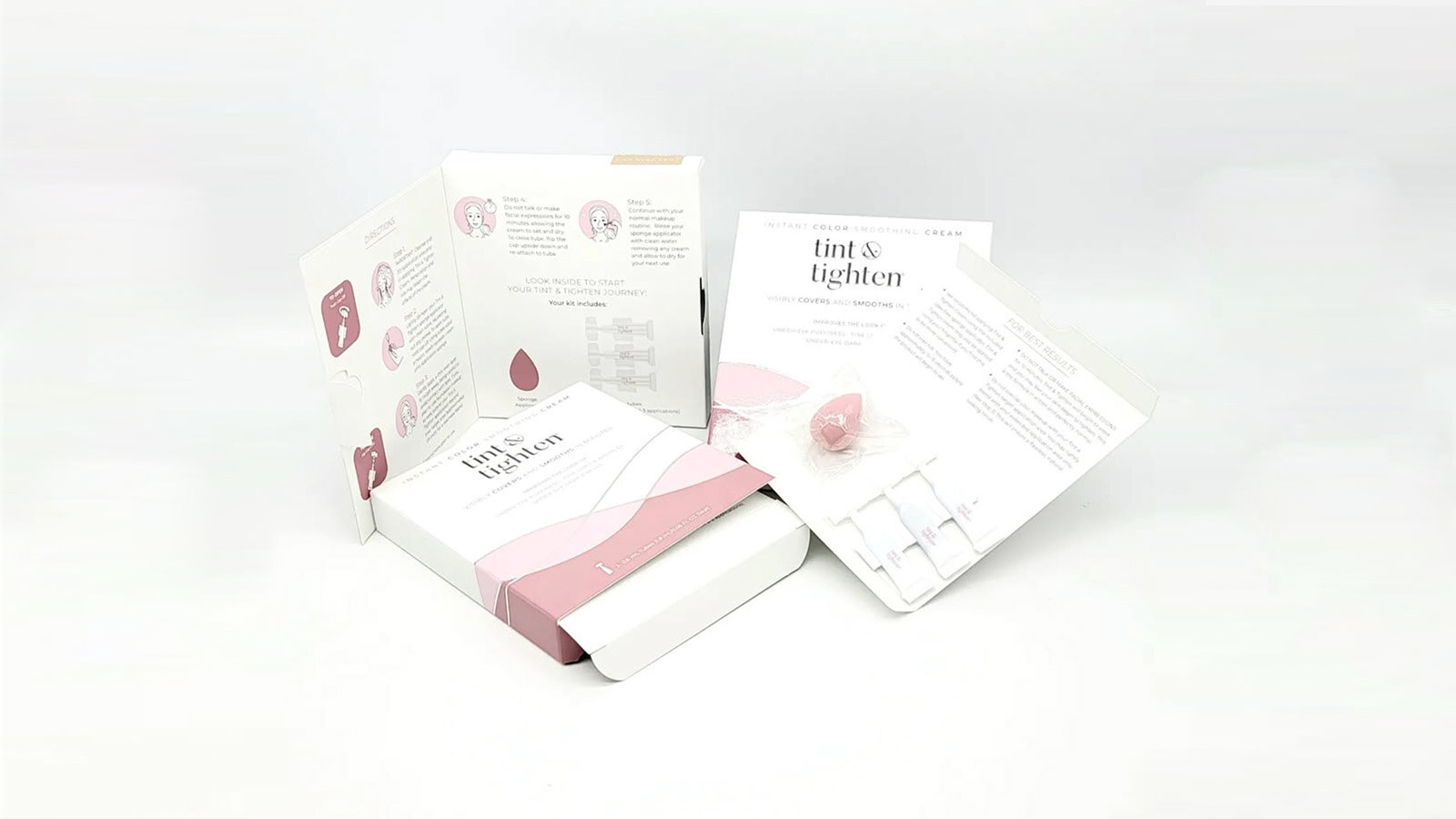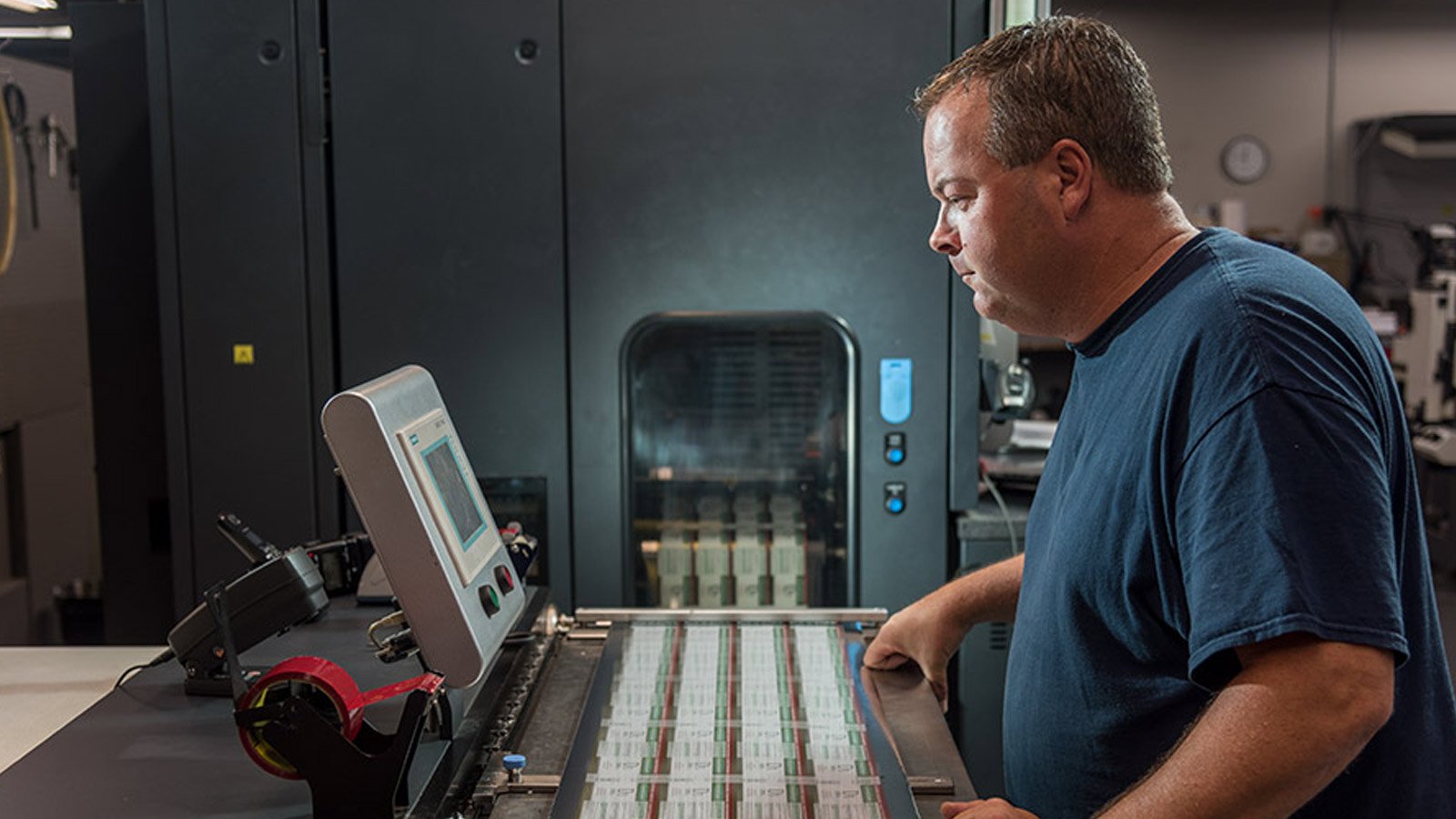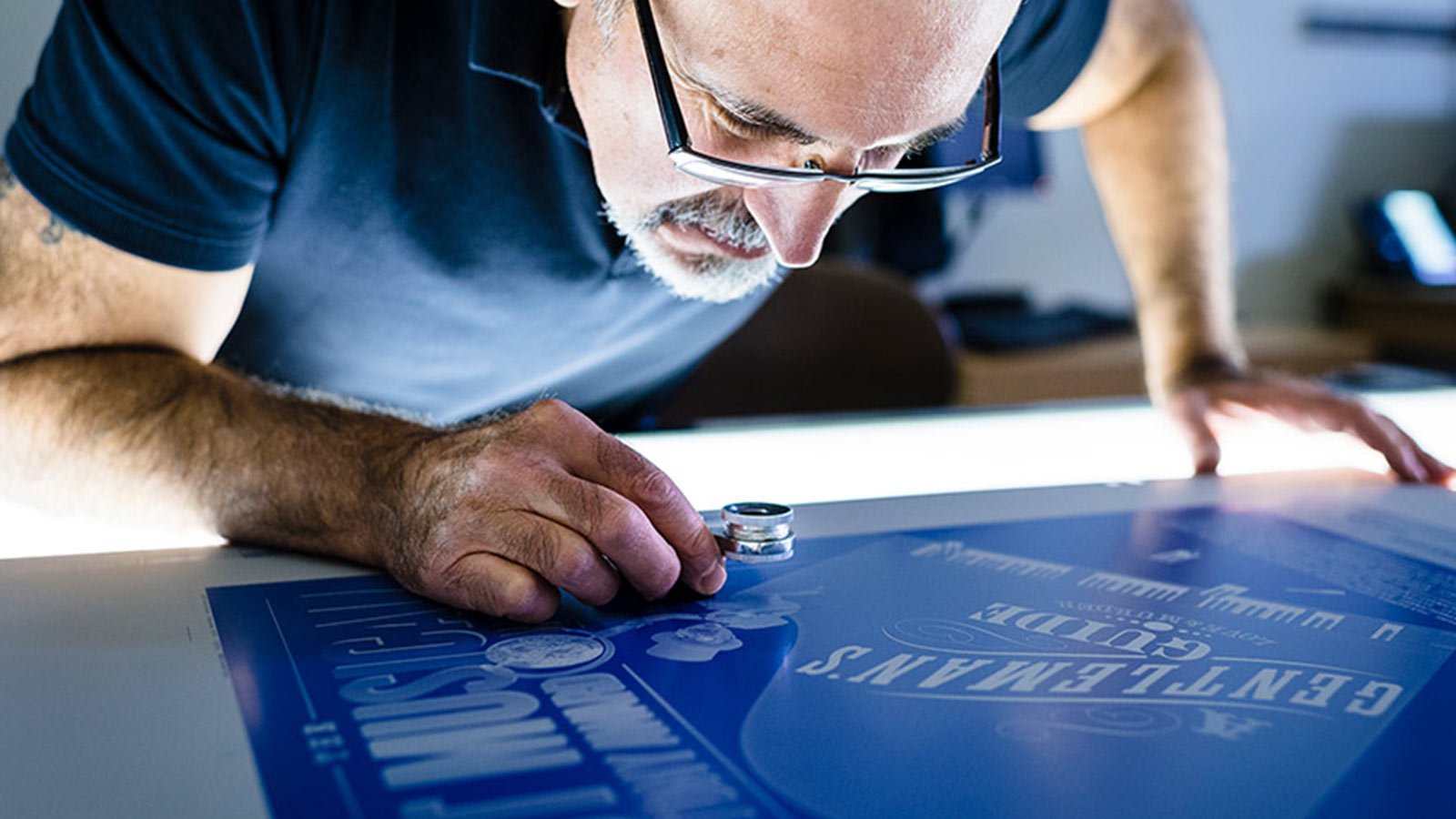Insights: Articles & Resources by Oliver Inc.

Laminates & Coatings: What Touch Is Right for Your Cartons?
Laminates and coatings are some of the most effective ways you have to dress up your folding carton and give it a glimmer or resplendence that catches consumers’ eyes while resting on retail shelves.
However, these decorative effects add expenses to your packaging design, which really adds up on larger print runs.
Let’s look into laminates and coatings, and see which visual touch might be the right one for your brand or product line.
What Are Laminates?
Laminates are a type of secondary packaging that consists of multiple layers of materials bonded together. They are commonly used because they offer a combination of barrier protection, strength, and flexibility.
Laminates are frequently utilized in a variety of packaging applications such as food and beverage, pharmaceuticals, cannabis, health and beauty, and consumer products. They are often employed with products that require high barrier protection against moisture, oxygen, light, and other factors that can degrade the product's quality or freshness (an obvious concern for the food and beverage industry).
However, traditional laminates often contain non-recyclable materials, such as plastics and aluminum, which can be difficult to separate and recycle, leading to waste and environmental harm.
To address this issue, sustainable laminates are being developed that incorporate more environmentally friendly materials, such as paperboard, bioplastics, and other sustainable options. These materials can be recycled, composted, or biodegraded more easily, reducing your impact on the environment.
What Are Coatings?
In the context of sustainable packaging, coatings refer to a layer of material applied to a substrate (e.g., paper, plastic) to enhance its performance or properties. These coatings can be made from a variety of materials such as bioplastics, natural fibers, and minerals that are more environmentally friendly than traditional coatings made from petroleum-based plastics or other non-renewable materials.
Like laminates, coatings provide fantastic barrier protection against moisture, oxygen, and other environmental factors that can affect the product's quality or freshness. They can also be used to create a non-stick surface, add durability or water resistance, or improve the printability or appearance of your packaging.
For example, barrier coatings made from biodegradable or compostable materials, can help to reduce waste and promote the so-called “circular economy.” These coatings can be applied to a range of packaging materials, including paper and plastic films, to provide a protective barrier that is also biodegradable or compostable.
Usually applied after printing, coatings can be water-based (aqueous) or rely on ultraviolet (UV) light. Aqueous coatings involve exposing substrates to inline infrared lamps and circulating hot air that evaporates the water, coating the bonded sheets. Alternatively, UV coats cure the substrate through polymerization created through exposure to UV light.
Here are several popular coatings and their uses:
- Gloss increases the ability for a folding carton to reflect directed light.
- Tactile styles are designed to be touched, including soft-feel or soft-touch, textured, raised, and relief coatings.
- Motion coat is a raised UV pattern that creates a sense of movement on printed paperboard.
- Glitter and pearlescent coatings add shimmer and depth to visuals.
- Strike-through coating forms a smooth, matte appearance in contrast with gloss, while reticulating varnish reacts with UV coating to make a finely matted look with crisp transition lines.
Decorative Benefits of Laminates & Coatings
Laminates and coatings offer a range of benefits when it comes to packaging design, as well. Here are just a few:
Enhances the appearance of your packaging: Naturally, laminates and coatings can be used to create a glossy, matte, or metallic finish, which can boost the overall appearance of your packaging, helping it stand out on retail shelves.
For example, this Sonic 2 film disc sleeve utilizes gloss UV coating to create a vibrant aesthetic.
Adds texture or patterns: Coatings can be used to create unique textures or patterns on packaging. Adding a tactile element to the design can make it more interesting and engaging for consumers. You’re basically inviting consumers to touch your folding carton.
For instance, organic chocolate brand Evolved Chocolate utilizes matte reticulating varnish and embossing, to creative effect.
Expands printing capabilities: Laminates and coatings can also provide a smooth surface for printing, enabling high-quality graphics, text, and images to be printed onto the packaging. This can help convey important information about the product, such as ingredients, nutritional information, and branding.
Protection: Laminates and coatings can also be used to protect your packaging from scratches, scuffs, and other types of damage, helping to keep it looking fresh and new for longer.
Overall, laminates and coatings can provide a range of decorative benefits that help to enhance the overall design of the packaging, while also providing important functional benefits such as protection and printing capabilities.
Getting the Right Decorative Effect for Your Folding Cartons
When used thoughtfully and sustainably, laminates and coatings can be an effective tool for creating folding cartons that are both visually appealing and environmentally responsible.
However, given their similarities, it can be a challenge determining which is the right packaging solution for your brand. Deciding whether laminates or coatings are right for your folding cartons depends on a few factors, such as the following:
- Performance requirements: Consider the functional requirements of the packaging, such as barrier properties, durability, and protection. Laminates may be a better choice if your packaging needs to provide high barrier protection against moisture, oxygen, and other environmental factors. Coatings, on the other hand, may be a better choice if you need to add durability or water resistance to packaging.
- Sustainability goals: Consider your sustainability goals and whether laminates or coatings align with them. Laminates can be more challenging to recycle due to the combination of materials used in their creation, whereas coatings can be made from more sustainable materials such as bioplastics or natural fibers.
- Design considerations: Consider the aesthetic goals of your packaging design. Laminates can provide a range of decorative benefits, such as enhancing the appearance of the packaging, adding texture or patterns, and improving printing capabilities. Coatings can also provide decorative benefits, but they may not offer the same range of options as laminates.
- Cost considerations: Consider the cost of the materials and the production process. Laminates can be more expensive than coatings, and they may also require additional processing steps, such as lamination and adhesive application.
In summary, the decision to use laminates or coatings for your folding cartons will depend on your specific performance, sustainability, design, and cost goals. It's important to consider all of these factors carefully to make an informed decision that meets your packaging needs and aligns with your brand’s values.
However, with a customer-centric and experienced packaging partner, you will be able to identify which decorative effects are appropriate for your brand, helping you outshine the competition.
Oliver is a manufacturer that specializes in sustainable packaging with industry-pioneering clients in health and beauty, food and beverage, pharmaceuticals, cannabis, and consumer goods. Contact us today to learn more about how you can implement sustainable packaging design.
Topics


